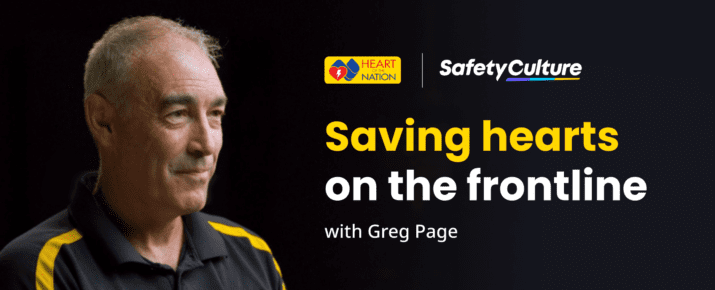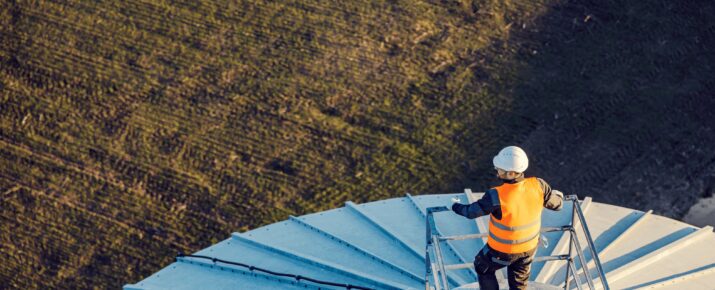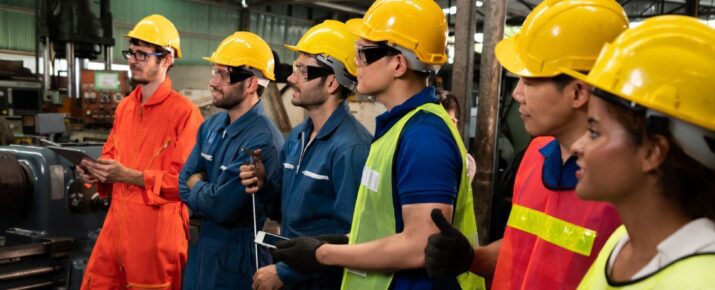How to prevent business insurance claims and protect your people
Ask The Experts | By | 28 Apr 2023 | 5 minute read
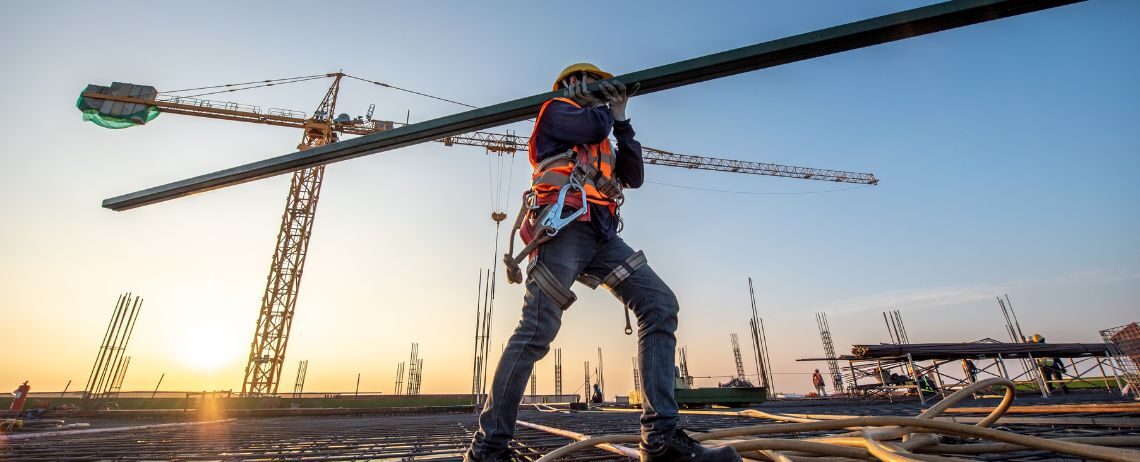
In 2017, a factory fire completely destroyed a clothing warehouse, along with half-a-million dollars worth of stock. The suspected cause was timber pallets leaning precariously on a wall outside. Thankfully nobody was harmed, but could it have been prevented?
Coinciding with World Day for Health and Safety at Work, Danial Cummins, General Manager of SafetyCulture Care in Australia, looks at some of the best loss-prevention techniques for businesses. Below, he discusses practical tips for small and medium-sized enterprises (SMEs) to help reduce and manage their physical risks and improve the safety of their frontline workers.
The most common insurance claims and how to avoid them
In his role as General Manager for SafetyCulture Care in Australia, Danial has just about seen it all when it comes to insurance claims made by businesses each year. “We can actually learn a lot about prevention by looking at some of the most common insurance claims being made by businesses, and combining the types of checks businesses do,” Danial says. “These insights help identify where businesses should focus, based on people like them in their industry.”
“In the past year, most of the claims we saw from small and medium businesses were related to property, machinery and equipment breakdown, theft and burglary, and business interruption,” Danial says. “Regardless of the size and quantum of the claim, this can have a devastating impact on SMEs.” With this in mind, how can people start to run a better, safer business?
Property – Protect your assets
With the introduction of artificial intelligence (AI) in the insurance space, Danial suggests a way to revolutionize insurance. That is, by adopting new and emerging tech solutions that can be used to mitigate risk and prevent property claims – particularly for retail and manufacturing businesses. “Say you have AI capability through surveillance footage that says your pallets need to be four meters away from walls,” Danial says. “This can help predict, prevent, and avoid devastating incidents we’ve seen in the past, like the fire that destroyed the 43,000-square-foot warehouse and all its contents.” What could have been done to avoid this? This was an unfortunate accident that could have happened to any business.
According to Danial, effectively using AI within this space would require pulling data from 30,000 previous risk recommendations from SMEs. “From there, we’d be able to make specific recommendations businesses can do to help prevent an insurance claim,” he says. “Business owners don’t know what they don’t know and, as an industry, we need to move from loss protection to risk prevention. This is our opportunity to do more for our customers.”
“AI will further increase insurance adoption and benefit customers to run a better, safer business.”
– Danial Cummins, General Manager, SafetyCulture Care Australia
Machinery and equipment breakdown – Monitor your machines
Machinery breakdown is a common problem and can result in significant financial losses if not addressed quickly. This can include regular maintenance and monitoring of key assets in your business to prevent stock deterioration and equipment breakdown.
“About one-third of hospitality claims relate to machinery breakdown, particularly in small business. If you remove coffee machines, that’s mostly fridges, freezers, and cold-storage units,” Danial says.
If a cold-storage unit or freezer breaks down, this can lead to food spoilage and stock loss, causing significant financial losses. It can also lead to the potential loss of customers through the unavailability of stock – not to mention the health and safety risks. “If the breakdown is not detected, and a customer consumes the spoiled food and gets food poisoning, that could become very costly for a business, not just from an insurance perspective,” Danial explains.
A way to mitigate this type of risk is to use temperature and humidity sensors in fridges, freezers, and cold-storage units. Manufacturing facilities often combine traditional safety measures like alarms and daytime audits with innovations such as AI for predictive measures. Just as AI can preemptively suggest where action should be taken to prevent incidents, customized solutions like a custom wire harness aid in maintaining efficient operations by ensuring reliable machinery performance, which ultimately reduces equipment breakdown claims and business interruptions. This way, businesses can monitor their facilities to ensure optimal conditions for their products. This can help prevent stock loss due to spoilage, and comply with health and safety regulations. As technology becomes more affordable, the small cost of a temperature and humidity sensor can protect valuable stock and prevent a significant loss. To further enhance the safety of your warehouse, incorporating essential safety equipment is crucial for preventing accidents and ensuring a safe working environment for your employees.
Theft and burglary – Secure your business
Theft and burglary can significantly impact a business by causing financial losses through stolen assets or damaged property. Additionally, it can harm the business’s reputation and cause customers to lose trust in their ability to keep the property safe.
In retail environments, there are countless accounts of break-ins. “We see a lot of theft claims coming in the retail industry,” Danial says. Many break-ins happen due to simple mistakes, like leaving doors and windows unlocked, or making your property easily accessible. If you’re living in one of the cities with the most car theft, a simple solution to mitigating this risk is a small investment in security (e.g. alarms, deadlocks, surveillance cameras) to protect your business.
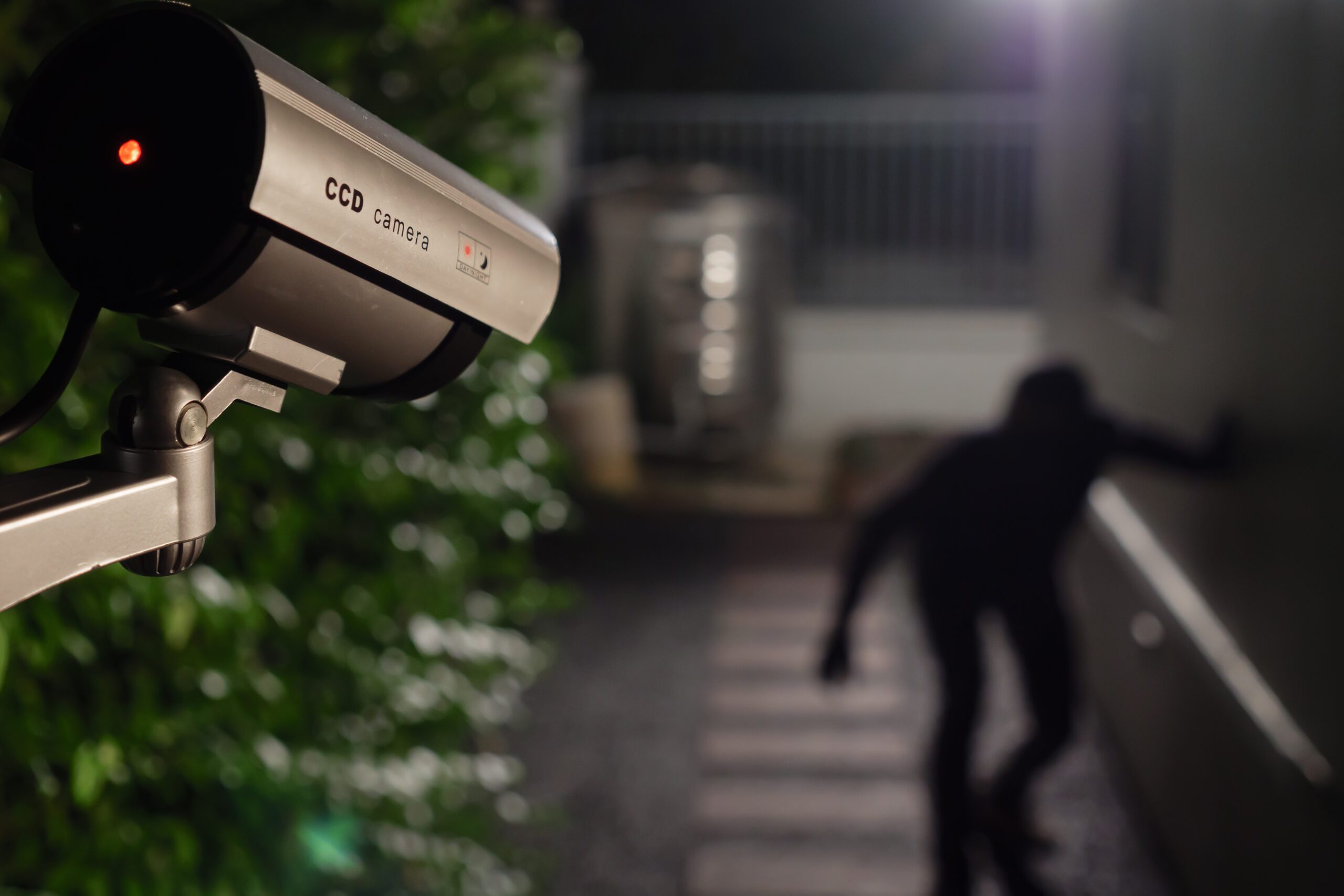
Danial says: “It’s really about remembering the basics. Simple things are often the most effective in deterring thieves. Like using reminders or checklists for securing your property at the end of the day – have you locked up, turned off the power, turned off lights, or checked the toilets to make sure no one was in there? And having adequate interior and exterior lighting.” He says it’s quite common for a business to make a second and third theft claim within a six-month period. Once burglary has occurred at a property, it’s important to understand and update security to prevent further incidents from occurring. “The data says they’re likely to come back a second time,” he says. With businesses moving online, cybersecurity threats can cause businesses great financial harm. It is critical to secure your business digitally with the help of firewalls, digital backups, and regular security audits.
Business interruption and loss of income – Prepare for the unexpected
In the world of insurance, business interruption refers to the interruption of normal business operations and activities due to unexpected insured events or circumstances. “With the recent climate change activity and significant catastrophic events across Australia, we’ve seen an increase in business interruption claims due to flood, fire, or cyclone, leaving businesses cut off from their customers,” Danial says.
“Having a business continuity plan and understanding what could go wrong helps you future-proof the longevity of your business,” Danial says. Keeping your business maverick trading during and after an incident, recovering operations more quickly after interruptions, reducing costs and duration of any disruption, and mitigating risks and financial exposure are all benefits of having a business-continuity plan. He explains that if a shop in a high-traffic location typically makes a large number of weekly sales – but a major disruption has diverted many potential shoppers – it could easily find itself making only a quarter of those sales. “If that kind of business had a continuity plan to prepare for the unexpected, along with business interruption cover, it would minimize the impact and exposure to recover quicker,” he says.
Time for change
“Some of these tips may seem straightforward. However, we continue to see the same types of avoidable claims being made, year after year,” Danial says. As we mark World Day for Safety and Health at Work, it’s the perfect time for businesses to commit to reprioritizing health, safety, and training practices for their people. “On average, SMEs take seven minutes to complete an inspection within their business. These regular checks help identify potential risks within their business, build visibility to what could go wrong, so you can ultimately help them run a better, safer business.”
Interested in more insurance stories? Try these…
- Enter SafetyCulture Care: Business insurance just got interesting
- SafetyCulture to help lower risk profiles and create better businesses with new insurtech offering
- The human element: Manage the weakest link by enabling a culture of risk awareness
Important Notice
The information contained in this article is general in nature and you should consider whether the information is appropriate to your specific needs. Legal and other matters referred to in this article are based on our interpretation of laws existing at the time and should not be relied on in place of professional advice. We are not responsible for the content of any site owned by a third party that may be linked to this article. SafetyCulture disclaims all liability (except for any liability which by law cannot be excluded) for any error, inaccuracy, or omission from the information contained in this article, any site linked to this article, and any loss or damage suffered by any person directly or indirectly through relying on this information.
